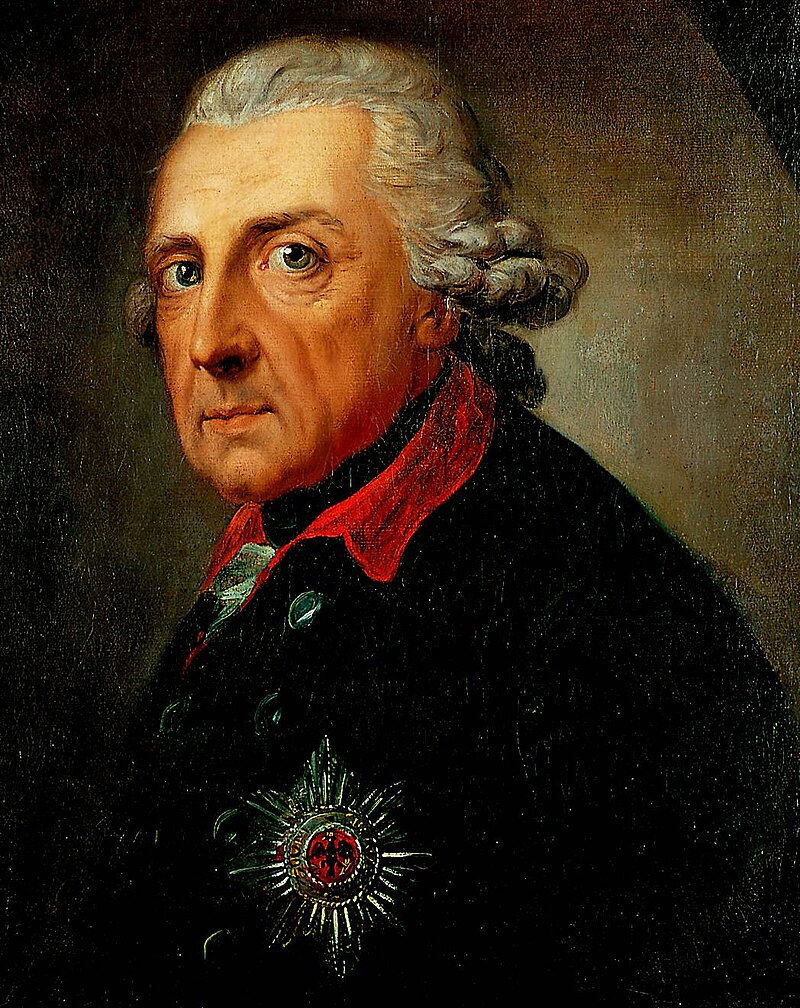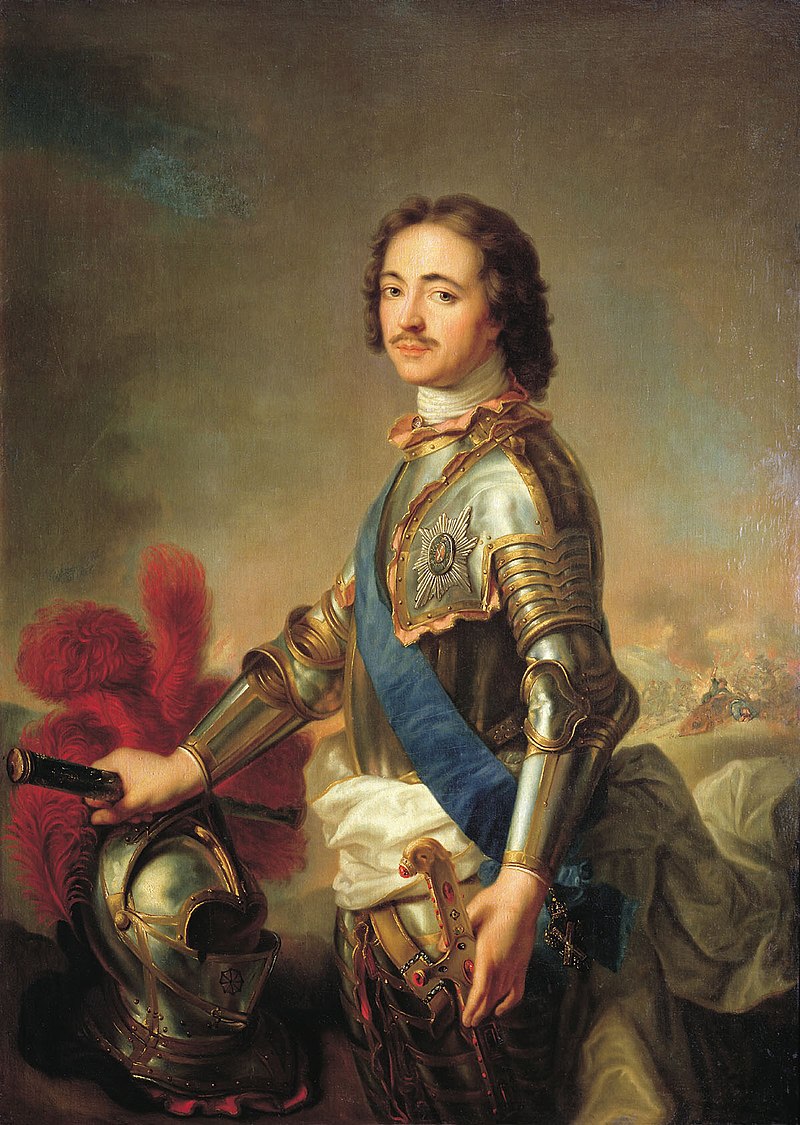Here they are! Part III of III. These are the people nicknamed "the Great," and yet they are the Greatest of the Greats. Far greater than any other supposed greats.
 |
| Abbas getting laid under a tree. Baller. |
By now, I don't assume you need anything else explained to you. But as a brief recap: these people are almost always named "the Great" when you speak about them, and have no other more notable nicknames. If they are only sometimes called that, it's not good enough. Factors measuring WHY these "the Greats" are so great include the power and influence of the lands they ruled, notable achievements, lasting cultural and historical legacy, length of reign (though if you die young like Alexander, you can still rank high by packing in so much awesome in a short time, see below), etc.
The Top 7, without further adieu, for your reading enjoyment:
7. Abbas the Great
Abbas I of Persia came to power
in a troubled time for the Safavid Empire. It was surrounded by enemies,
including the Ottomans and the Uzbeks. During the reigns of emperors
(Shahs) before him, including his father, Iran lost all sorts of territory to
these enemies. When Abbas came to power, he decided to turn things
around and give Iran its balls back. He ramped up Iran's existing use of
"ghilman" slave soldiers (think of the Unsullied from
Game of Thrones, I
suppose... though they probably kept their dicks), to kick ass and win back all the lands which his predecessors
lost. Abbas was worthy of the term "the Great," by doing a 180 for the
struggling Safavid dynasty to transform it to reach its apex in power.
And he did this all starting when he took the throne at 16, and would go
on to rule for over 40 years.
 |
| Like King Arthur, except, well... REAL. |
6. Alfred the Great
Interesting fact that I just learned.
Apparently the name "Alfred" means "Wise-elf" or "Elf Council." He was
King of the Anglo-Saxons in the 9th-Century. What made him so great? He
spent most of his reign fighting Vikings. He was dominant enough at
kicking Viking ass so that he actually got one of his pagan Viking king
enemies to convert to Christianity. He was also the first to unite many
various smaller kingdoms in England (e.g. Wessex, Mercia, East Anglia)
into one. This makes him the first
true King of England. Some folks, myself included when
ranking the Monarchs of England,
find it easy to begin with William the Conqueror in 1066, and disregard
the kings before him. In truth, Alfred the Great started it all. King
Arthur is probably a myth, but even if he's based on some true king,
that king would have been the king of some little bit of Welsh
territory, and not a true king of "England." If you're looking for a
"Dark Ages" king of England to be impressed by, Alfred should be your
man. And he's the only King of England (unless you count Cnut) to ever
earn the title of "the Great."
5. Constantine the Great
 |
| Are these Disney character eyes? Anime? WTF? |
Which Constantine is Constantine the Great? The
exact one you're thinking of, and probably the only Constantine you've
ever heard of. This is the Constantine that
Constantinople was named
after. This is the Constantine who was the first Roman Emperor to stop
the persecution of Christians and to legalize Christianity, and who
called the First Council of Nicaea in 325, which produced the statement
of Christian belief known as the Nicene Creed. Depending on the source,
Constantine was either secretly a lifelong Christian, slowly converted
to Christianity over the course of his life, converted when he saw the
sign of the cross magically appear in the sky at the Battle of the
Milvian (not "Minivan") Bridge, or simply waited to convert to
Christianity until he was on his deathbed so that he could be baptized
and die without having committed any sins after, and thus automatically
gone to heaven no matter what horrible things he did before in life (ah,
the great Christian loophole!). He got the name "the Great" centuries
after his death, and mainly from Christian sources who praised him for
his religious policy. But in truth, this dude could have easily been
called "the Great" for all his other accomplishments, even if he just
remained a filthy pagan bastard without any association with
Christianity. As emperor, Constantine enacted administrative, financial,
social and military reforms to strengthen the empire. He restructured
the government, separating civil and military authorities. He was a
dominant military force, and pursued military reforms that allowed for
victorious campaigns against many barbarian tribes on the Roman
frontiers, including the Franks, the Alamanni, the Goths and the
Sarmatians. He even resettling territories that the Roman Empire
previously abandoned during the third century. This dude is Tony the
Tiger levels of GRRREEEAT!
4. Cyrus the Great
 |
| Also famous fro great wardrobes. |
Cyrus was the founder of the Achaemenid Empire, the first Persian Empire (a
pretty damn great Empire), and yes, I have already done an exclusive ranking which
talked about this badass motherfucker before.
But let's not talk about how how he died this time. Let's talk about how he
lived! Under his rule, his empire expanded to embrace all the previous
states of the ancient Near East, conquered most of West Asia and Central
Asia, and became the largest empire that the world had yet to that
point in history. He would rule for 30 strong years, and is recognized
as an enlightened ruler (for his time) who accomplished a number of
achievements in issues related to human rights (he's featured in both
Chronicles and the Book of Ezra in the Old Testament, as a noble leader
who protected the Jews and helped them to return to the promised land),
politics, and military strategy. He has an ensuring legacy in both
Eastern and Western civilizations, with many other great leaders
(including Alexander the Great, on this very ranking) considering him as
their role model. All of the other "the Greats" who came after were, in
a way, just copycats. This man really established what it was like to
be THE GREAT.
3. Darius The Great
 |
| They see me rollin'. They hatin'. |
So yeah, both
Cyrus and Darius make this list, and both are called "the Greats." You
might notice that Xerxes I is never listed here, even though he is
sometimes called "Xerxes the Great." He might be great, but he's not
called that as much as Cyrus and Darius are. Xerxes is certainly greater
than other people on this list, though the title is not universally
attributed like it is for lesser "Greats." But I've explained how this all works before. So what makes Darius so much
better than his son, Xerxes, so that he will make my list while the
latter will not? Well, he ruled the Achaemenid Empire at its absolute
peak. That was when it included much of West Asia, parts of the Caucasus
and Balkans, most of the Black Sea coastal regions, Central Asia, as
far as the Indus Valley, and portions of north and northeast Africa
including Egypt, Libya, and coastal Sudan. Given the reign over Egypt he
also had the title "Pharaoh of Egypt." He ruled his Persian Empire for
36 years, finally dying at age 64. Even at the end, he was trying to
ready himself to lead more battles (a revolt in Egypt). The territorial
apex that Xerxes would rule from was all thanks to his dad.
2. Alexander the Great
 |
| That horse side-eye too. |
Alexander
the Great is, perhaps unarguably to some, the greatest of the greats.
Of course, I'm ranking him at #2, so maybe not. If you're told to name
someone who is known as "the Great," you should probably say
"Alexander." He transformed himself from the king (Basileus) of the
kingdom of Macedon into the Emperor of a domain that would stretch from
Macedon all the way east to India. His rule also stretched down the
Levant, across the Sinai peninsula, and down the Nile through Egypt. He
added to his title of King of Macedon also the titles of Hegemon of
Hellenic League, Strategos Autokrator (Autocrat) of Greece, Pharaoh of
Egypt, King of Persia, and Lord of Asia. Alas, he died at the young age
of 32 in Babylon. Some people think it was poison. Others think it was
perhaps malaria or typhoid fever. Just imagine how much of the world
this dude could have ruled if he wasn't dead by the age most "the
Greats" are just getting started.
1. Charlemagne
 |
| Yes, yes, make my statue from gold, peasants! |
Charlemagne
literally means "Charles the Great," so this one counts. During the Middle Ages, he united the majority of western
and central Europe and was the first recognized emperor to rule a good
chunk of Europe since since the fall of the (Western) Roman Empire three
centuries before. His foundation of the Carolingian Empire (before him,
Carolingians like Charles "the Hammer" Martel reigned as existed as
kings rather than emperors) would eventually transform itself into what
would become known as the Holy Roman Empire. And in case you needed a
reminder on how long that thing would last, it was a political entity
until Napoleon conquered it in 1806. Charlemagne was crowned Emperor of
the Romans on Christmas Day, 800. So for those of you doing math at
home, this one is easy. Charlemagne created an empire that would last
1006 years. So when you have crazy dickhead morons like Hitler who dream
of creating thousand year reichs, remember that the idea is only
slightly crazy because Charlemagne had actually successfully done that
before. I'll have no heartburn if you say I'm wrong and that Alexander
if the Great should be #1 instead. This one basically came down to a
coin toss, with Charlemagnes' legacy after death being the more epic
one. He also ruled for a lot longer, which was sort of another tiebreaker. Sometimes it's great to burn out fast and die young like Alexander rather than fade away. Charlemagne never faded away in old age though. He kicked ass for decades and only got more and more powerful as he went along ("King of the Franks" in 768, then he added "King of the Lombards" in 774, and finally "Emperor of the Romans" in 800). It's easy to think of Charlemagne as an early ruler of "France," but a more accurate word to describe what he ruled is "Europe."








.jpg/800px-Catherine_II_by_V.Eriksen_(1778-9%2C_David_Coll.%2C_Denmark).jpg)












